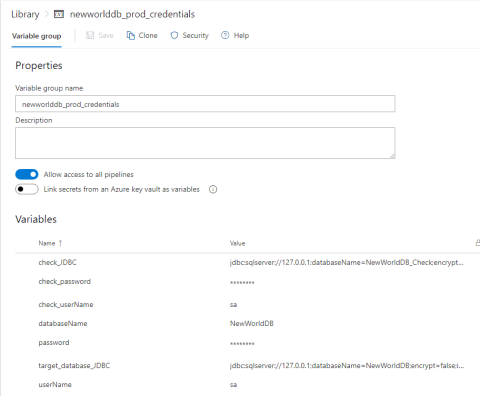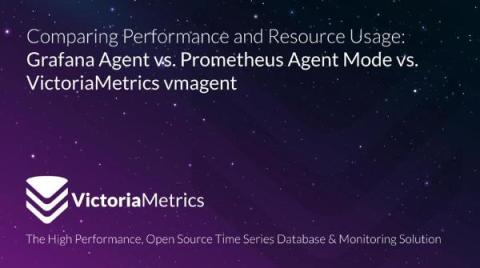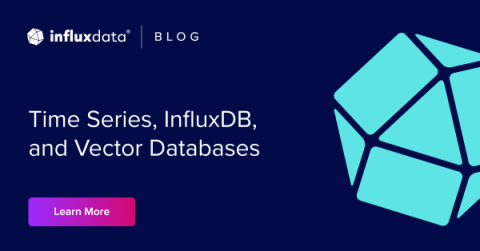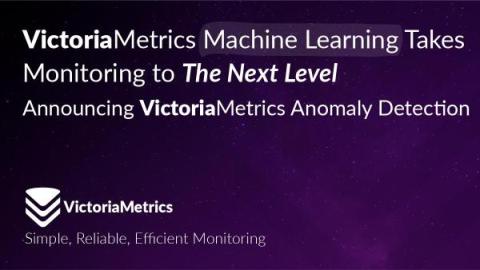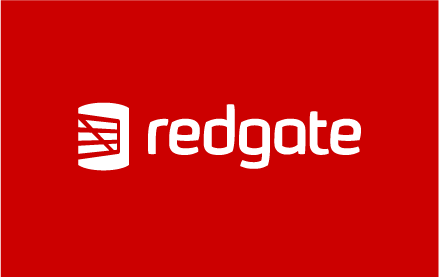Time Series Databases (TSDBs) Explained
Time series data is becoming more prevalent across many industries. Indeed, it is no longer limited to financial data. As the need to handle time-stamped data increases, the demand for specialized databases to handle this type of data has also grown. The solution: Time series databases. In this introduction guide, we'll explain all the basics you need to know about time series databases, including what they are, how they work and are applied, and some of their benefits.



